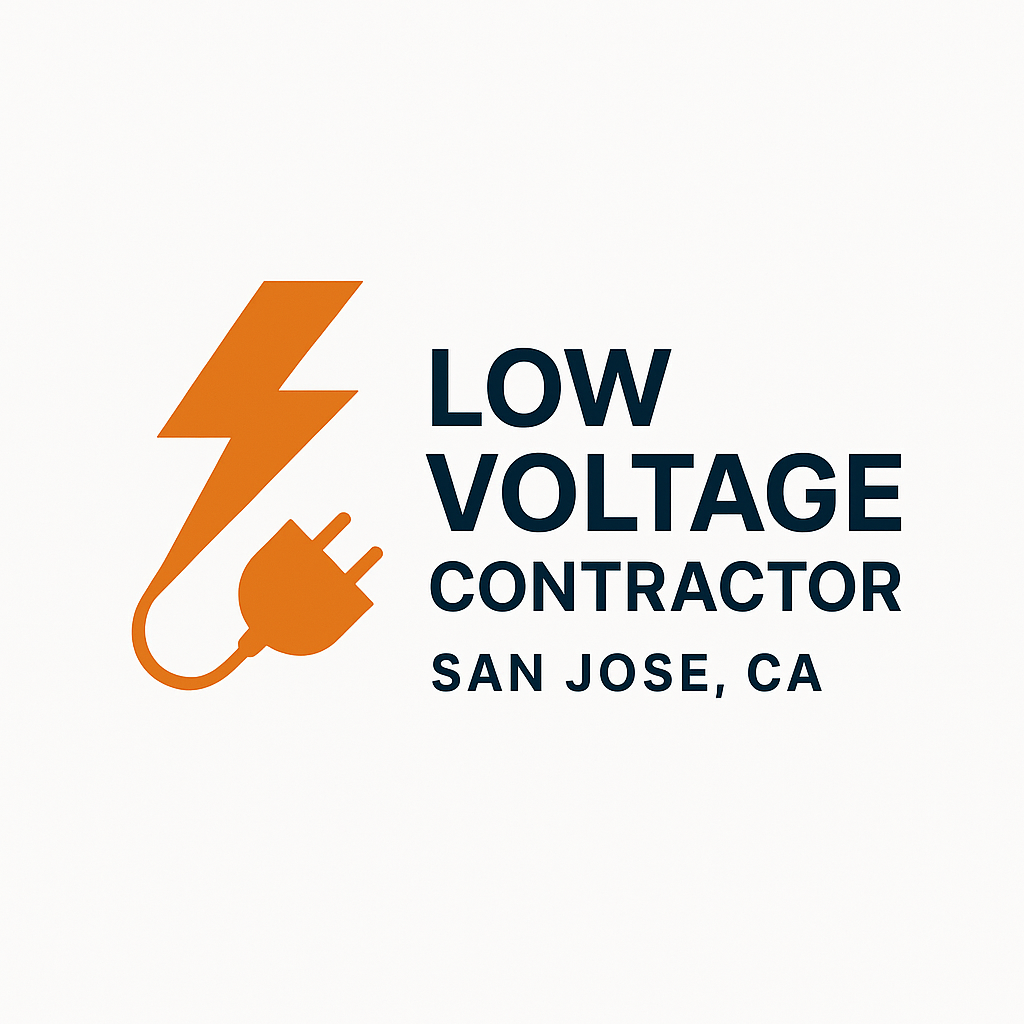Smart Building Technology in San Jose, CA: The Role of Low Voltage Contractors
Smart buildings are no longer futuristic concepts—they’re rapidly becoming the new standard for offices, residential complexes, and commercial spaces across San Jose, CA. These buildings rely heavily on low voltage systems for efficiency, safety, and connectivity. But who makes these systems work seamlessly? The answer: low voltage contractors.
This guide explores how smart building technology is transforming San Jose, the role of low voltage contractors, and why compliance with the National Electrical Code (NEC) is essential.
Table of Contents
- What Is Smart Building Technology?
- Why San Jose Properties Are Moving Toward Smart Buildings
- The Role of Low Voltage Contractors in Smart Buildings
- Security and Surveillance Systems
- Data and Structured Cabling
- Building Automation and IoT Integration
- Security and Surveillance Systems
- NEC Code Compliance for Smart Building Systems
- Benefits of Hiring Licensed Low Voltage Contractors in San Jose
- Common Challenges and Misconceptions
- Future Trends in Smart Building Technology
- Conclusion & Key Takeaways
- FAQ
What Is Smart Building Technology?
Defining Smart Buildings
A smart building uses automated systems and IoT (Internet of Things) devices to manage lighting, HVAC, security, and energy consumption. These systems require low voltage wiring for connectivity and integration.
Core Components of Smart Buildings
- Energy-efficient lighting controls
- Smart HVAC systems
- Access control and security cameras
- Automated fire and life safety systems
- Data networks and IoT sensors
Why San Jose Properties Are Moving Toward Smart Buildings
Local Sustainability Goals
San Jose’s Climate Smart San José plan aims to reduce greenhouse gas emissions. Smart buildings support this by improving energy efficiency.
Demand from Tech Industry
As Silicon Valley’s hub, San Jose attracts tech-driven tenants who expect connected workspaces.
Cost Savings for Owners
Smart buildings lower operational costs by reducing energy waste and optimizing building performance.
The Role of Low Voltage Contractors in Smart Buildings
Low voltage contractors design, install, and maintain the infrastructure that keeps smart building systems running.
Security and Surveillance Systems
- CCTV installation for real-time monitoring
- Access control (badges, biometric readers)
- Intercom systems for communication
Data and Structured Cabling
- Ethernet cabling for high-speed connectivity
- Fiber optic cabling for backbone networks
- Server room organization and cable management
Building Automation and IoT Integration
- Integration of smart thermostats, lighting, and occupancy sensors
- Connecting systems to centralized management dashboards
- Ensuring interoperability between different IoT devices
NEC Code Compliance for Smart Building Systems
Low Voltage Systems Under NEC
- Covered under Article 725 (Class 2 and 3 Circuits) and Chapter 8 (Communications).
- Requires separation of low voltage and high voltage wiring to prevent interference and fire hazards.
San Jose’s Local Requirements
San Jose follows the California Electrical Code (CEC), based on the NEC but with city-specific amendments. Permits and inspections are often required for large-scale low voltage projects.
Benefits of Hiring Licensed Low Voltage Contractors in San Jose
Safety and Compliance
- Proper installation ensures fire safety and code compliance.
Efficiency and Reliability
- Reduces downtime with professionally managed cabling.
Future-Proofing Buildings
- Contractors design systems that support upcoming IoT advancements.
Common Challenges and Misconceptions
“Low Voltage Means No Risk”
Even at lower voltages, poor installation can cause short circuits and fire hazards.
“Any Electrician Can Do Low Voltage”
General electricians may not be trained in structured cabling, networking, or IoT integration.
“Smart Buildings Are Too Expensive”
While upfront costs are higher, long-term savings on energy and maintenance often outweigh the investment.
Future Trends in Smart Building Technology
AI-Driven Building Management
Artificial intelligence will optimize energy use, security, and predictive maintenance.
5G and Wireless IoT Expansion
Faster networks will enable seamless integration of thousands of devices in real time.
Enhanced Cybersecurity
As smart systems become more connected, low voltage contractors will need cybersecurity expertise.
Conclusion & Key Takeaways
- Smart buildings in San Jose rely on low voltage infrastructure for safety, efficiency, and automation.
- Low voltage contractors play a critical role in designing and maintaining these systems.
- NEC and California code compliance ensure safety and legality.
- Partnering with licensed contractors protects your investment, property value, and tenant satisfaction.
